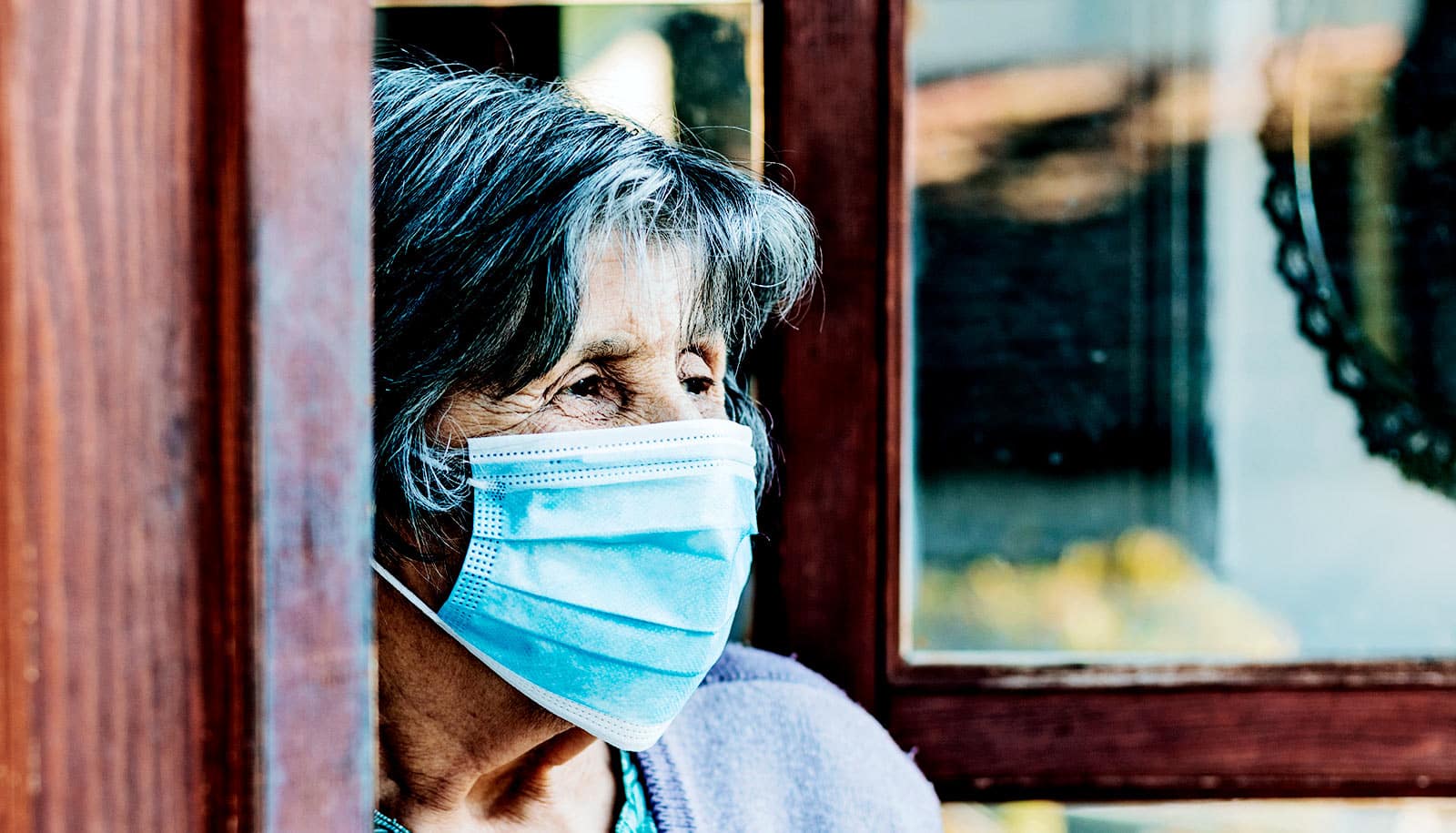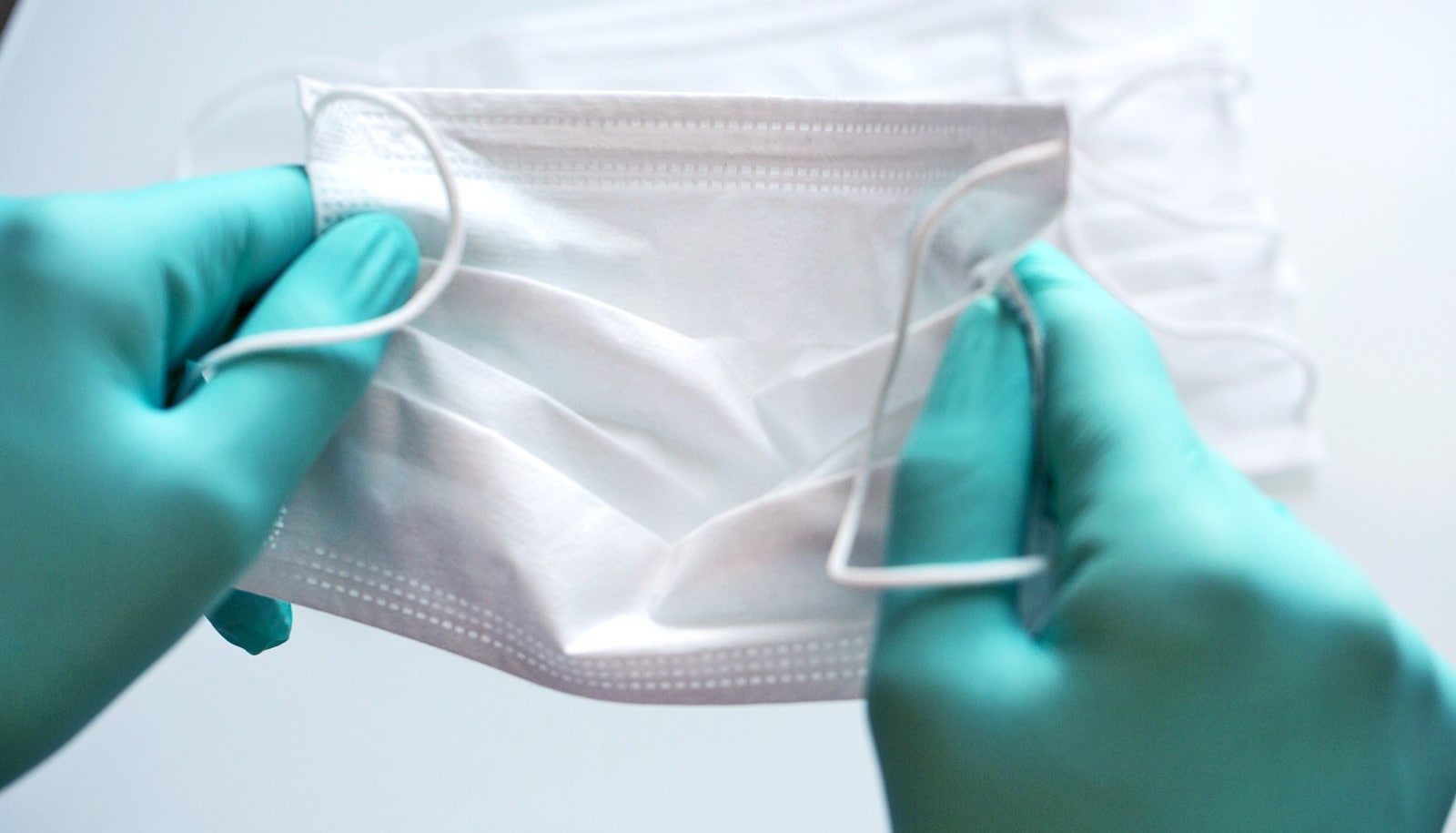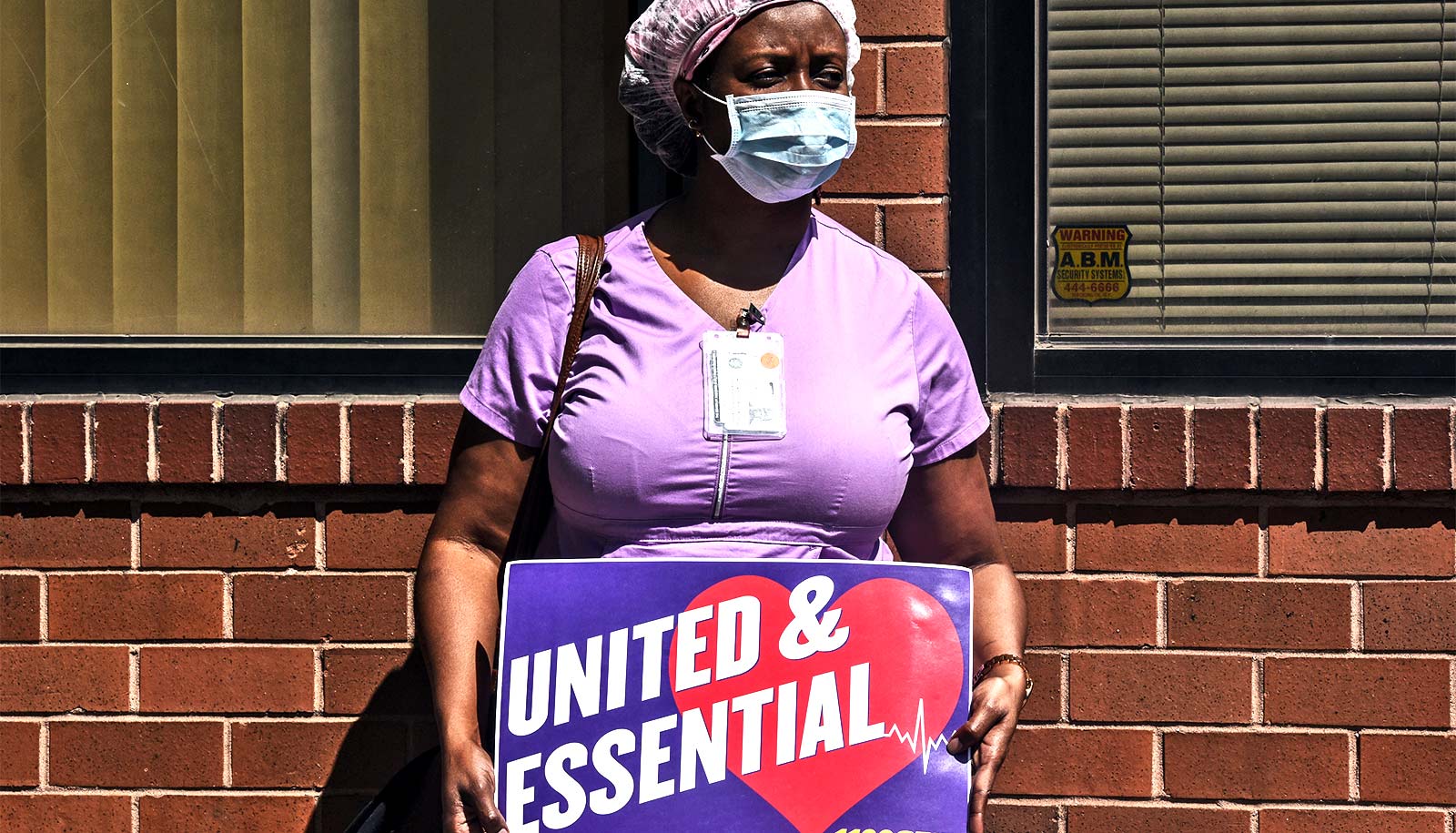COVID-19-related deaths among nursing home residents declined from March to November 2020, according to a new study.
The findings also show the deadliest period of time for nursing home residents followed the pandemic’s arrival, when the virus spiked in spring 2020.
The COVID-19 pandemic has had devastating effects in US nursing homes and long-term care facilities, resulting in an estimated 1.2 million infections and 147,000 deaths as of early 2021. Yet even as mortality rates in the general population have decreased over time, little evidence has been uncovered to determine whether nursing home residences have experienced similar reductions.
The new information fills an important evidence gap in accounting for death rates of nursing home residents from COVID over time, researchers say.
“Understanding the mortality risk from COVID-19 among nursing home residents is critical for identifying the mechanisms that most significantly affect health outcomes in this vulnerable population,” says lead author Cyrus Kosar, a doctoral candidate in health services, policy, and practice in Brown University’s School of Public Health.
Symptomatic and asymptomatic cases
Long-term care residents have accounted for approximately 40% of total US deaths from COVID-19. While data showed that mortality rates from the virus in the general population have declined overall, there was no evidence that nursing homes had similarly turned a corner.
What’s more, the researchers say, some of the factors contributing to reduced mortality rates in the general population, such as improved COVID-19 therapeutics and supportive care in hospitals, are not applicable to nursing home residents, who are often treated in the facilities where they reside instead of being admitted to a hospital.
“There are many different reasons why mortality rates could decrease in the general population,” Kosar says. “We wanted to know specifically what was happening in the nursing home setting—especially since it is hard to argue that there is any risk factor greater for COVID-19 infection and death than being in a nursing home.”
The new study in Health Affairs, examined nursing home data in large providers of post-acute and long-term care services in 24 states through November 15, 2020. The authors found that among 12,271 nursing home residents with COVID-19, 30-day mortality rates declined from a high of 20.9% in early April to 11.2% in early November.
The share of COVID-19 cases determined to be asymptomatic (and therefore less severe infections with a lower risk of mortality) increased over time, the researchers say, because of improvements in routine surveillance testing and the wider availability of personal protective equipment.
Nevertheless, the researchers found that mortality risk declined for both symptomatic and asymptomatic residents, and also for patients with high and low baseline frailty levels.
Nursing homes were unprepared for pandemic
When the pandemic first hit nursing homes, the infectious nature of the virus caused it to quickly overwhelm facilities, leaving them unprepared, lacking in PPE, and dealing with a high number of very sick patients, Kosar says.
“This was not empirically tested, but my interpretation is that at the very beginning of the pandemic, COVID-19 provided a real shock to the US health care system and nursing homes in particular,” Kosar says. “And that shock, unfortunately, cost a lot of lives.”
Although more research is needed, the authors note in the study that mortality decreased with the improvements in PPE supply, staff adoption and skill with PPE, and knowledge regarding the clinical management of COVID-19.
“The big drop in mortality we saw among nursing home residents, even while the nationwide risk of infection was increasing, speaks to the fact that nursing homes were better able to protect their residents with increased use of PPE and more frequent and rapid testing,” says principal investigator and Brown professor Vincent Mor, who has researched the effect of COVID-19 in nursing homes since the beginning of the pandemic. “This is actually a very positive development.”
Source: Brown University



